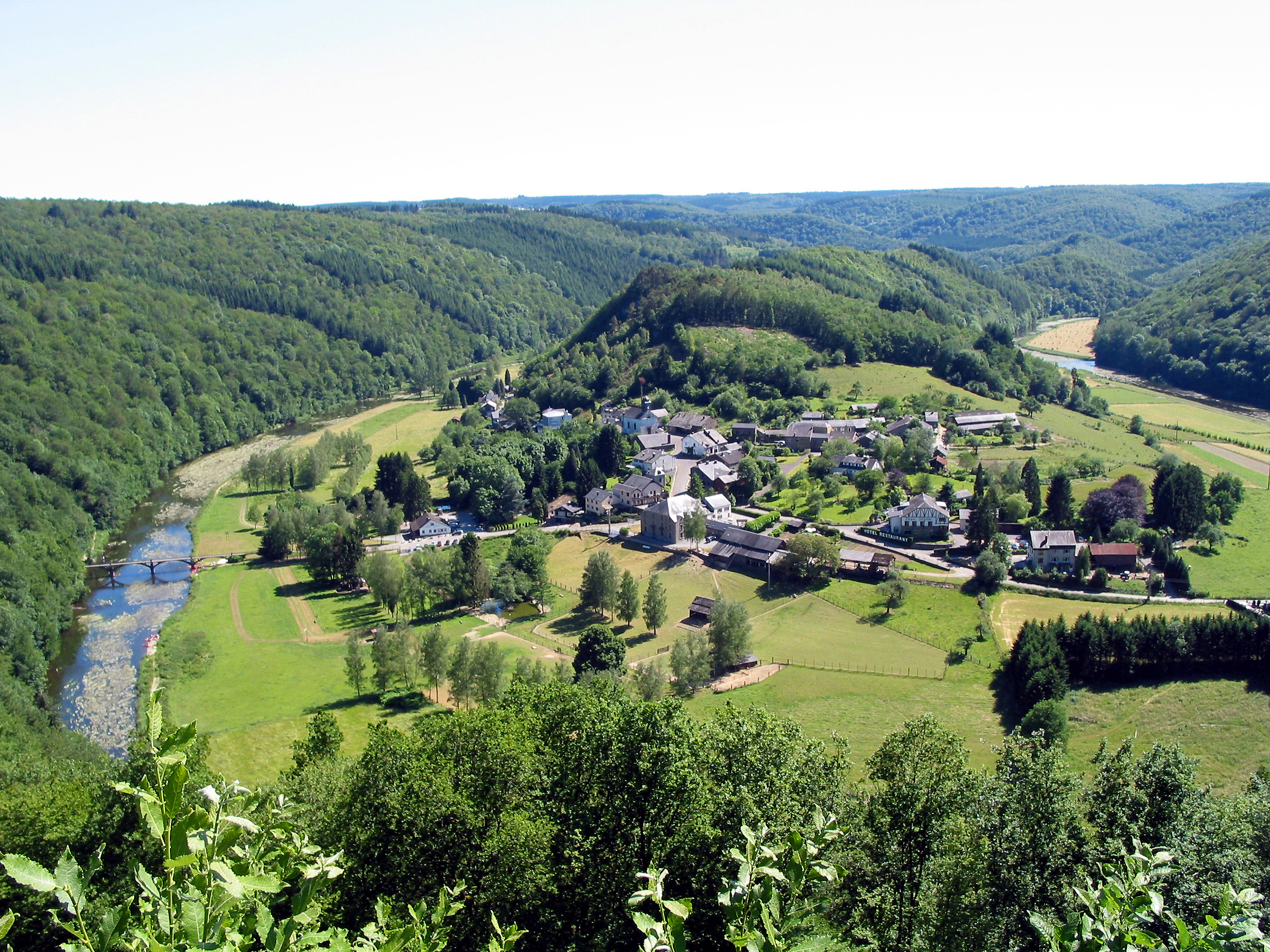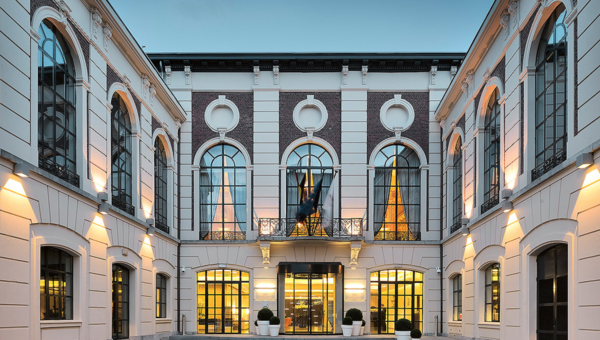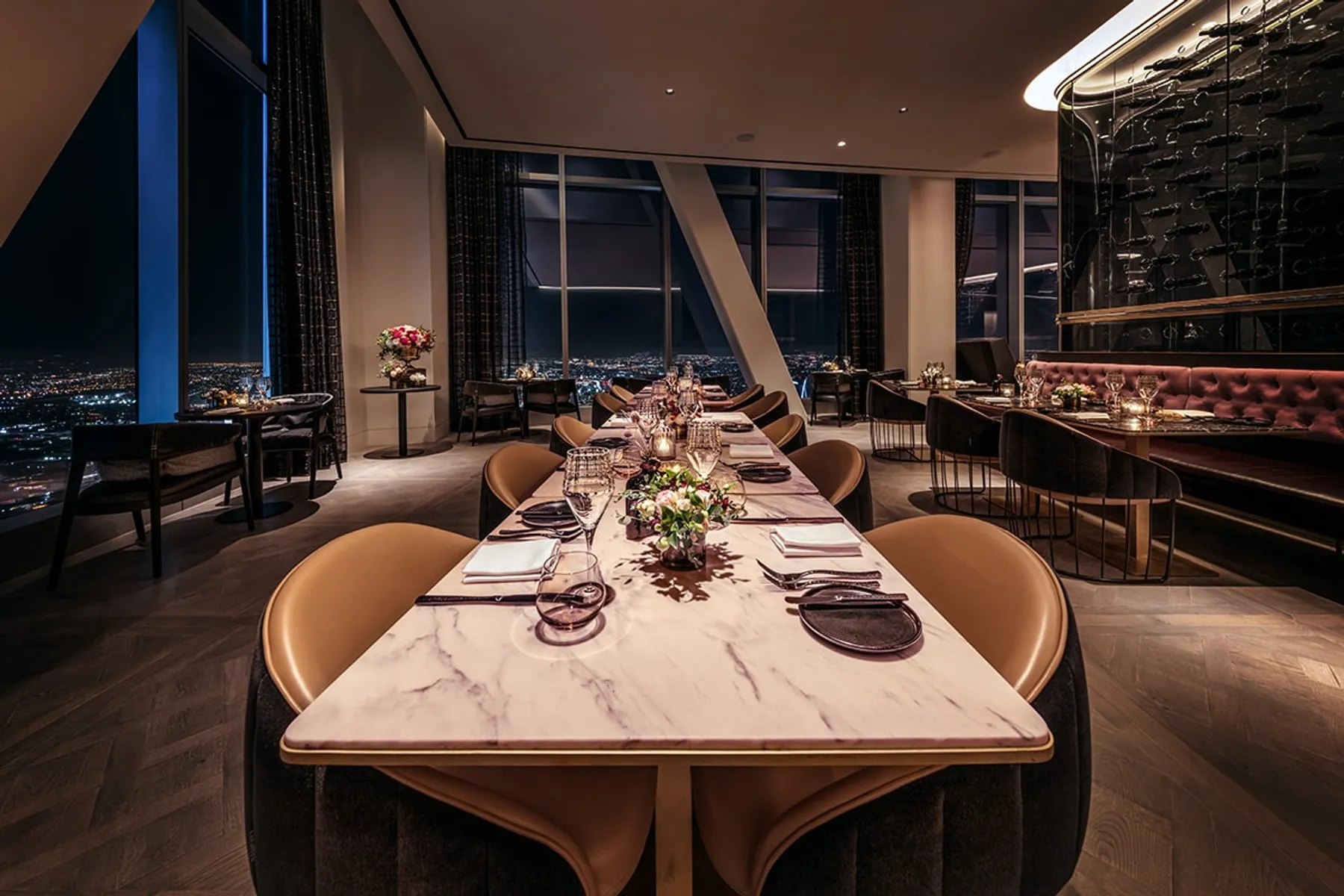Liège
WELCOME TO Liège
Province Overview
Liège
3,862 km2
1.1 million
Dutch

Popular
Geography and Tourist Attractions
Information about the province's tourist attractions, including popular destinations, events, and activities.

he Ardennes

Spa-Francorchamps Circuit

Caves of Remouchamps
Political
Economy and Government
The economy of the Liège region is diverse and dynamic, with a focus on the service sector, industry, and innovation. The region is home to several research centers and universities, which have helped to foster an environment of innovation and entrepreneurship. The main sectors of the regional economy include healthcare, logistics, automotive, biotechnology, and engineering.
The government of the Liège region is structured as a decentralized federal state, with regional and local authorities responsible for a wide range of policy areas. The regional government is responsible for issues related to economic development, employment, transport, and environmental protection, among others. The government also provides support for small and medium-sized enterprises (SMEs) through various initiatives and programs.
In recent years, the Liège region has undergone a significant transformation, with a focus on sustainable development and smart growth. The government has invested in various projects to revitalize the region, including the redevelopment of brownfield sites, the expansion of transport infrastructure, and the creation of new business incubators. These efforts have helped to attract new businesses and industries to the region, and have contributed to its ongoing economic growth and prosperity.

History
History and Culture
The region of Liège in Belgium has a rich history and culture. The city of Liège, which was founded by the Romans, has been inhabited since the 4th century. In the Middle Ages, it was an important center for metalworking and trade, and it played a significant role in the Industrial Revolution in the 19th century. Today, Liège is known for its art, music, and architecture. It is home to several museums, including the Grand Curtius Museum, which features art and artifacts from the region's history, and the La Boverie Museum, which showcases contemporary art.
Another notable cultural site in Liège is the Liège-Guillemins railway station, which was designed by the renowned architect Santiago Calatrava and is considered a modern architectural masterpiece. The region is also famous for its culinary traditions, including its delicious waffles and beers.
Liège is a French-speaking region, and its culture is heavily influenced by both French and German traditions. The region has a diverse population, with many immigrants from North Africa and other parts of Europe. The government of the region is based in Liège, and it is responsible for the administration of the region's economy, education, healthcare, and other public services. Overall, Liège is a fascinating region with a rich cultural heritage and a vibrant modern society.
HOTELS

Crowne Plaza Liège

Van der Valk Sélys Liège

Hôtel Neuvice
RESTAURANTS

Le Pain Quotidien Liège

La Boucherie

